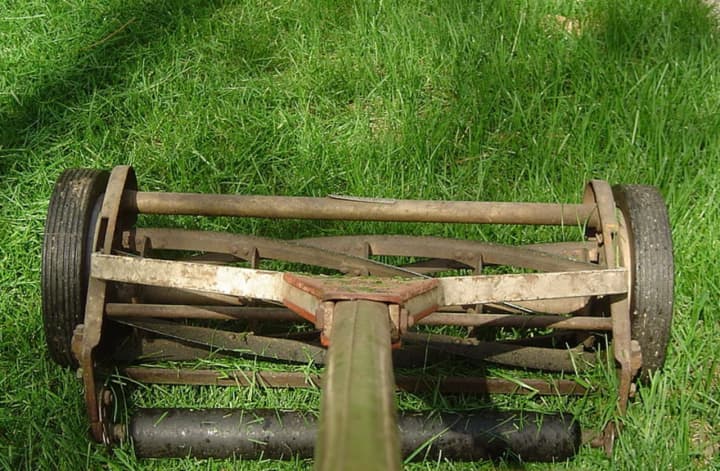Do:
Keep your mower blade sharp - A dull blade tears up grass and leaves unsightly brown tips at the end of each grass blade. Sharpen prior to the season and as needed throughout the summer.
Vary your cutting pattern - Be sure to mix up the direction you cut the grass. Switching the pattern you cut ensures that you grass is standing up tall and does begin to lean in the the direction you habitually mow.
Mow in the morning or evening - Cutting the grass early or late in the day minimizes the sun's burning on freshly-cut blades. Cut grass during peak sunlight hours can burn out and can be dangerous for you during hot weather.
Don't:
Try the greens and fairways look - Dropping the deck on your mower to the lowest setting damages the root structure of your grass, and invites weed growth. As a rule of thumb, you should't cut more than 1/3 of the grass' overall height in a single pass. A high cut leaves your grass thick and strong.
Mow when the grass is wet - In addition to clogging your mower and producing messy, clumpy clippings, wet grass doesn't cut evenly and can result in untouched patches when the yard dries.
Feel the need to bag your clippings - Grass clippings provide valuable nutrients and food for a growing lawn. Instead of trashing bagged clippings, use them as natural fertilizer for your yard or add them to your composting bin or pile. They breakdown quickly and create a great top layer.


